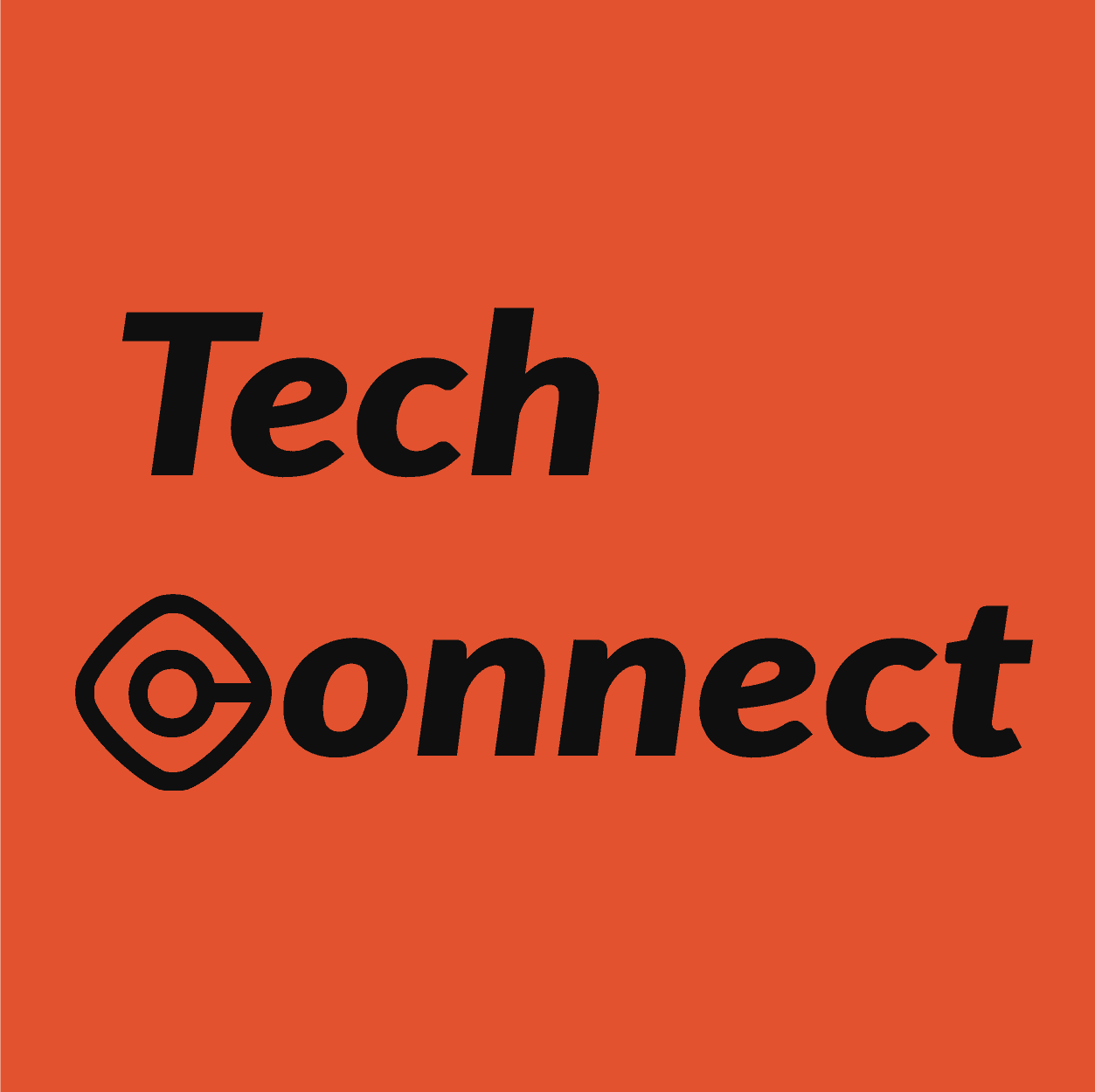Do you have a transformational leadership style?
I’ve always been fascinated to read about transformational leadership.
From sports coaches who ignited eras of excellence through inspiration and determination to business leaders who seized overlooked opportunities, driving significant advancements in their markets.
This week’s featured article shines the light on four such leaders with different styles. It is worth a read if you’re looking for a quick hit of inspiration or just like reading about positive outcomes! 💪
The emergence of prompt engineers
The next in-demand role in AI.
Prompt engineers are emerging as key players in the development and optimization of AI models as artificial intelligence (AI) continues its evolution and becomes an integral part of various industries. As experts at crafting effective prompts, they have been instrumental in shaping the future of artificial intelligence through their ability to enable models to deliver accurate, contextually relevant responses.
Doubtlessly, Prompt engineering is one of the most sought-after professions for 2023, according to recent statistics. If you would like to catch the hottest wave in AI at the moment, you may want to consider this career path.
For developers who wish to maximize the potential of large language models, such as ChatGPT, prompt engineering tools may be of interest. These tools are a new class of tools designed to direct the LLM toward achieving the desired result. The article discusses the rise and importance of prompt engineers in artificial intelligence.
18 Ways To Ensure A Culture Of Diversity And Inclusion In Tech Teams
Recognizing the silos is the first step for a tech leader working to develop a culture of full representation.
For several years, the tech industry has been working to improve diversity and inclusion among its companies and workforce. Tech leaders see it as not only the right thing to do, but also the smart business decision, as diverse teams better reflect and meet the needs of diverse user bases.
Successfully incorporating D&I requires work on a variety of fronts, including education, hiring, team participation and recognition, and acknowledging our own innate biases. Here, 18 members of Forbes Technology Council discuss some effective, actionable ways a tech leader can ensure a culture of diversity and inclusion in their tech team.
1. Focus On Campus Hires
Establishing a vision and objectives for diversity and inclusion across the organization can lead to some positive results when hiring experienced resources or cross-training employees. However, to achieve effective o
What are intelligent insights?
And why do we need data intelligence for our business?
In a time when information is the new commodity, it is crucial for businesses to proactively maximize value from all data—structured and unstructured. Yet for many companies, content remains more of a burden than a blessing, plagued by too much data, not the right data, poor data quality or data without context.
Without the ability to turn data into intelligent insights and real-time intelligence, your organization’s data is not able to live up to its potential, unable to automate repetitive tasks, predict trends or uncover ways to streamline operations.
What are business insights and intelligence?
According to Gartner, massive amounts of unused content combined with increasingly complex decisions within organizations has led to a content chasm for decision makers.[1]
This is due in part to the free-form, complex and ambiguous nature of unstructured data. Unlike structured data, such as numbers, tables, rows and columns, which has a specific framework, unstructured data has no defined format, making it tough for traditional databases and data visualization tools to make use of the information.
Machine unlearning: The critical art of teaching AI to forget
In the broader context, machine unlearning fits into the philosophy of responsible AI.
Have you ever tried to intentionally forget something you had already learned? You can imagine how difficult it would be.
As it turns out, it’s also difficult for machine learning (ML) models to forget information. So what happens when these algorithms are trained on outdated, incorrect or private data?
Retraining the model from scratch every time an issue arises with the original dataset is hugely impractical. This has led to the requirement of a new field in AI called machine unlearning.
With new lawsuits being filed what seems like every other day, the need for ML systems to efficiently ‘forget’ information is becoming paramount for businesses. Algorithms have proven to be incredibly useful in many areas, but the inability to forget information has significant implications for privacy, security and ethics.
Harnessing the Power of AI GPUs for Advanced Risk Modeling in Insurance
Given the complexity of data fabric systems, no existing standalone solution can facilitate the deployment of a complete data fabric architecture.
The insurance industry is on the brink of a significant transformation, driven by the power of artificial intelligence (AI) and graphics processing units (GPUs). These technologies are revolutionizing risk modeling, a critical component of the insurance business. This comprehensive guide will delve into how AI GPUs are being harnessed for advanced risk modeling in insurance, offering a glimpse into the future of the industry.
Risk modeling is a complex process that involves predicting the likelihood and impact of various risks. Traditionally, this process has been time-consuming and labor-intensive, relying heavily on manual data analysis and statistical modeling. However, the advent of AI and GPUs has changed the game, enabling insurers to process vast amounts of data at unprecedented speeds and with remarkable accuracy.
AI, with its ability to learn from data and make predictions, is ideally suited for risk modeling. It can analyze vast amounts of data, identify patterns, and make accurate predictions about future risks. This allows insurers to assess risks more accurately and price their policies more effectively. However, the computational power required to run these sophisticated AI algorithms is immense. This is where GPUs come into play.
Article by MODUS CREATE
There are two ways to talk about transformational leadership.
We can dive deep into the academic theory created by Bruce Avolio and Bernard Bass in 1991 and understand how it fits into the broader Full Range Leadership Model.
Or, we can look at some real-world examples of organizations displaying transformational leadership and let their stories illustrate the principles of the theory.
The internet is saturated with theories. So, for a change, let’s go with the second approach.
But first, let’s define transformational leadership.
What is Transformational Leadership?
Transformational leadership is a leadership theory where a leader uses a vision or a goal to energize, inspire, and develop their team. Such leaders don’t treat vision as a tool to pacify stakeholders but as an essential value to power their routine.
Transformational leadership puts change at the center of business strategy. After all, a vision or goal can only energize teams that are comfortable with change. Otherwise, they’ll advocate for the status quo.
THE DIGITAL EYE
I hope these articles are valuable.
I am passionate about technology, and I want to share that passion with you. I believe that it’s essential for everyone to stay up-to-date on the latest trends, so I’ve set out to cover all aspects of the industry – from data analytics to blockchain and AI.
Please let me know if you want to see any other topics covered, and I would appreciate your help sharing this blog with others interested.



